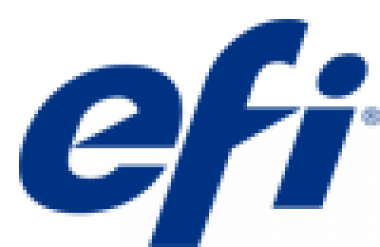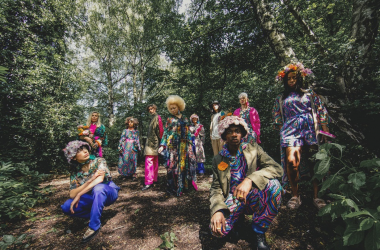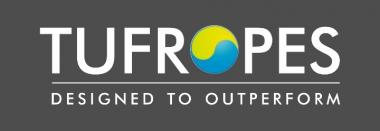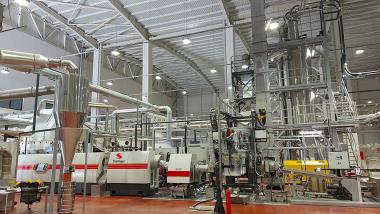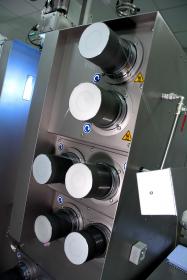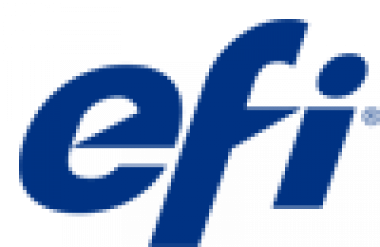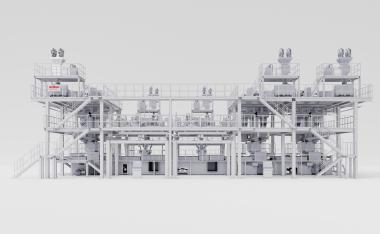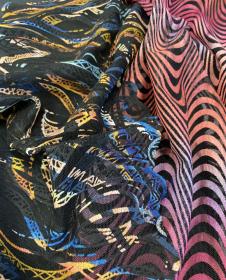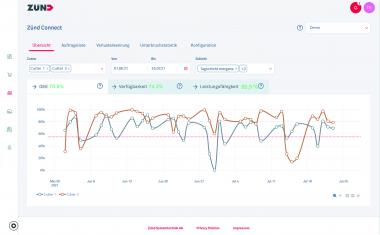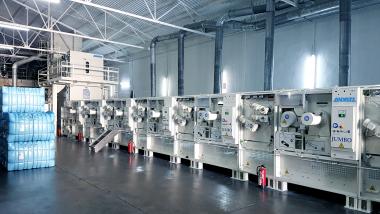Baldwin brings new connected technology to FEFCO Technical Seminar
Baldwin Technology Company Inc. will showcase its new portfolio of optimized LED-UV curing, IRdrying and automated cleaning solutions—all specifically designed for corrugated high-graphics printers—at the European Federation of Corrugated Board Manufacturers (FEFCO) Technical Seminar, held October 20 to 22 in Copenhagen, Denmark.
Baldwin’s FlexoCleanerBrush™ removes hickeys in four seconds and can clean plates within three to four minutes, increasing print quality and providing a cleaner, safer work environment. This automated cleaner removes fibers, debris and fine lines from printing plates at the beginning, during or at the end of a job, allowing printers to achieve optimal quality with minimal downtime—Baldwin has a proven track record of enabling significant productivity improvements for its long list of customers. Designed to replace all manual activities, this cleaning system eliminates skin contact with wash agents, increasing workers’ safety.
For wide-format flexo corrugated box printing, Baldwin’s AMS Spectral UV has engineered CorruCure™, a new generation of LEDUV technology that offers more than a 60% reduction in power consumption in an ultra-compact UV lamp head. This revolutionary solid-state curing system, designed specifically for corrugated LED printing, emits almost no heat or ozone, and accommodates width-switching. It also enables the curing of high-value decorative solutions, such as full-gloss, spot and matte coating effects on a variety of corrugated substrates, making it the ideal addition for product enhancement.
Lastly, Baldwin’s FlexoDry2™ infrared dryer, developed for corrugated flexo printing presses, utilizes patented Diamond IR lamps capable of reducing energy consumption by up to 30%, when compared to traditional IR dryers with aluminum or gold reflectors. Dramatically improved drying enhances color definition, and reduces or eliminates marking, while allowing full-speed printing. The system offers an optional integrated hot-air knife with temperature control to provide better surface drying. Taking safety into consideration, the FlexoDry2 comes with an integrated safety light curtain as standard and an optional camera vision system.
Baldwin Baldwin Technology Company Inc. printing textile printing cleaner FlexoCleanerBrush
Baldwin Technology Company Inc. / Barry-Wehmiller













